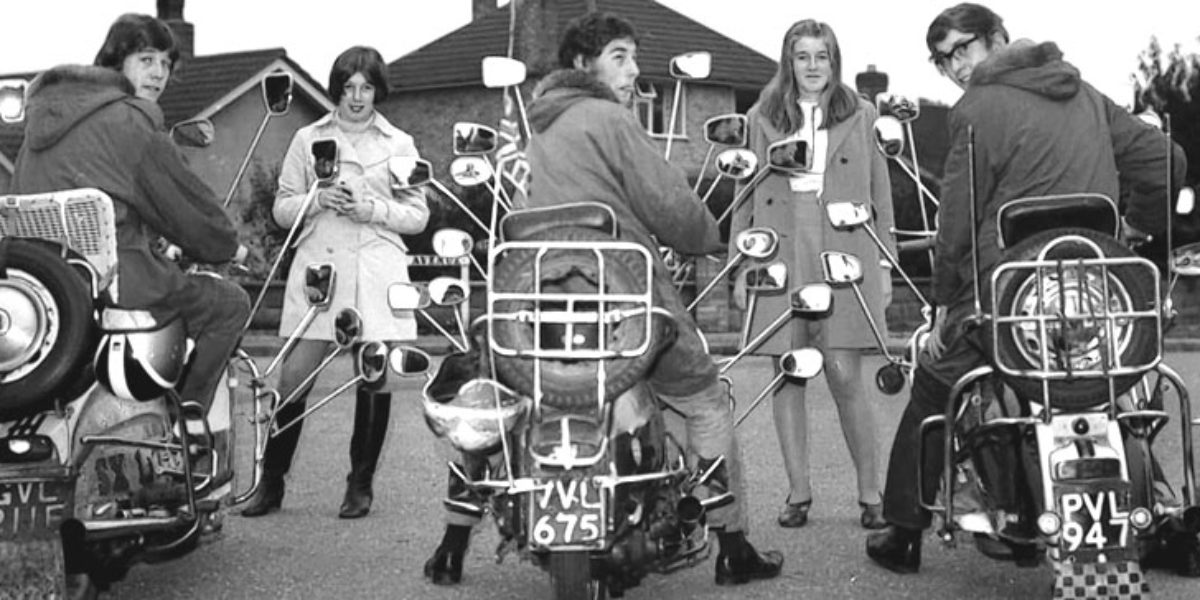Mirror mirror on the…
Two thirds of van drivers suffer clipped and broken wing mirrors
Almost two-thirds of van drivers suffer wing mirror damage driving along narrow streets or while parked.
Recent research by VW calculates that damage to wing mirrors has cost UK van drivers £655 million in repair costs. The lifetime bills are increased when including losses racked up due to vehicle downtime.
According to the research, a total of 62% of van drivers have had their wing mirrors damaged. Over a third admit it has happened multiple times.
The most common cause of wing mirror damage is driving down a narrow street (62%). It is followed by on-street parking (21%), and public car parks (15%).
A wing and a prayer
Replacement wing mirrors are the single most common repair that Volkswagen Commercial Vehicles technicians handle each year, with glass and mirrors accounting for 10 times more repairs than any other part.
“As one of the most common repair jobs, we know that a broken wing mirror is all too common,” states James Allitt, Head of Aftersales for Volkswagen Commercial Vehicles. It also “leads to frustrating downtime”.
He continues that it “shows how important it is to manually fold in wing mirrors”, or investing in “cost-effective automatic folding mirrors”.
As part of its aftersales offering, Volkswagen Commercial Vehicles operates Mobile Service Clinic vans across the UK, to help minimise downtime and complete repairs quickly and efficiently. These specially converted Volkswagen Crafters are kitted out with an array of on-board tools to allow them to carry out service work, inspections and repairs, including on wing mirrors, at a safe location and time to suit the customer.
Less convenient costs
As with other vehicle components, wing mirrors have seriously developed in recent years. From a rather simple solution & design, they have become something more complex, resulting in rising costs.
Research by Nimblefins earlier this year found the average repair to be around £270 (Ford Fiesta, UK’s most popular car). However, it depends on a number of factors. Franchised dealers cost around 32% more than independent repair shops, while location also counts, with London topping the price list.
Your typical wing mirror on a new car has the ability to automatically fold-in. They often heat up when it’s icy, electrically adjust for perfect vision angle and, of course, now include indicator lamps.
More recently, car makers use wing mirrors as part of their blind spot monitoring systems. Long gone are the days of fixed mirrors using a single piece of mirrored glass.
Along with complex headlight systems, the simple low cost repairs of old have become potentially lucrative and expensive garage repairs. With cars getting wider, but with parking spaces and road lanes remaining the same width, and time pressures on drivers increasing, coming together even in Covid times seems somewhat inevitable.




